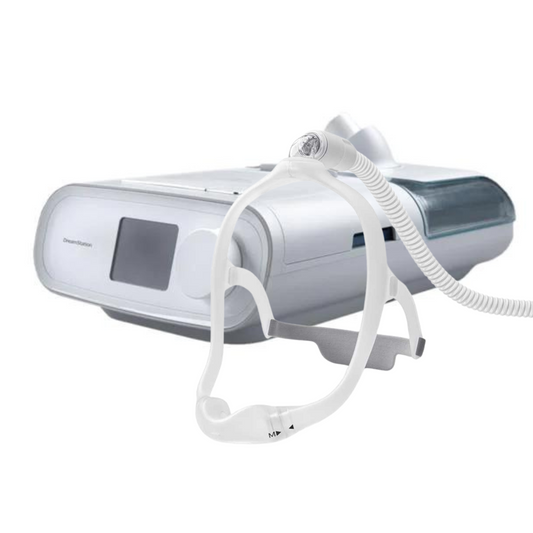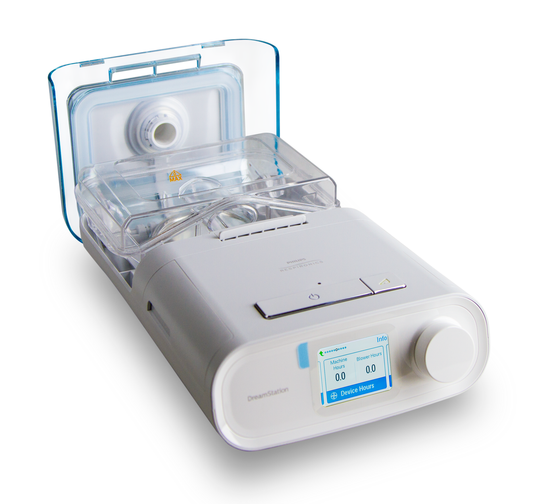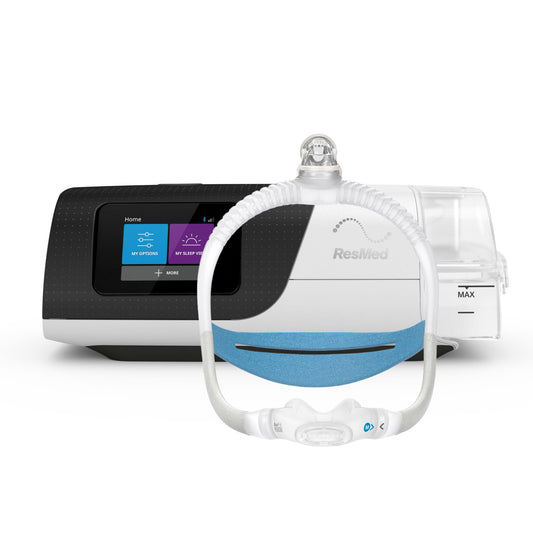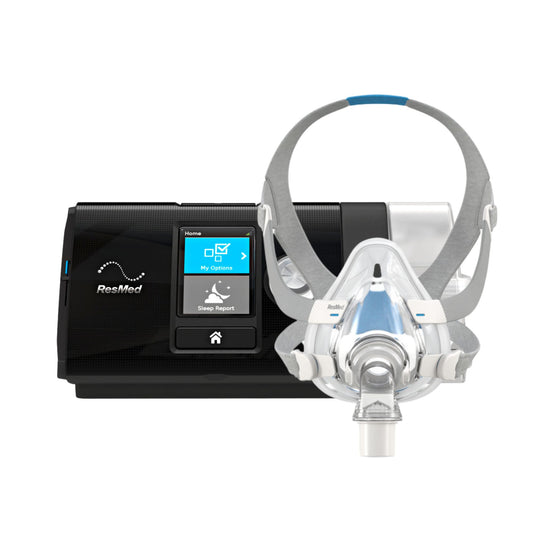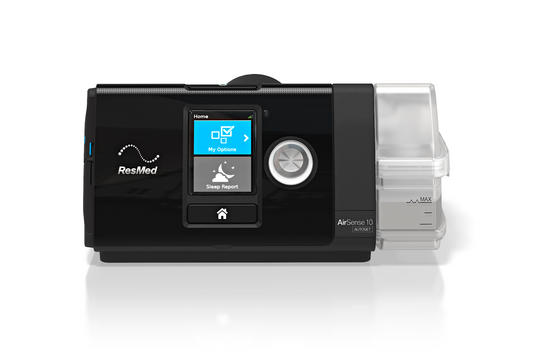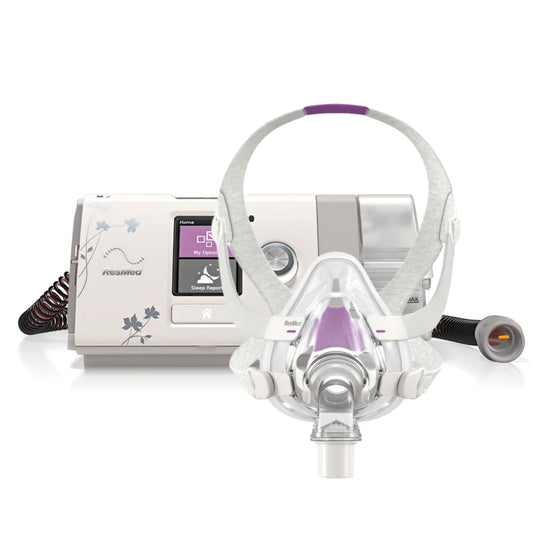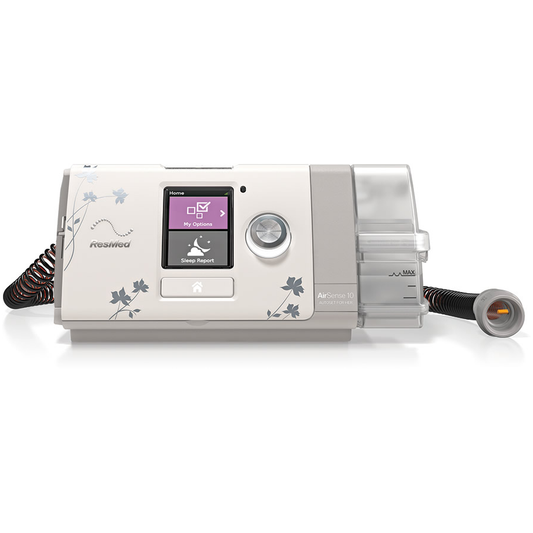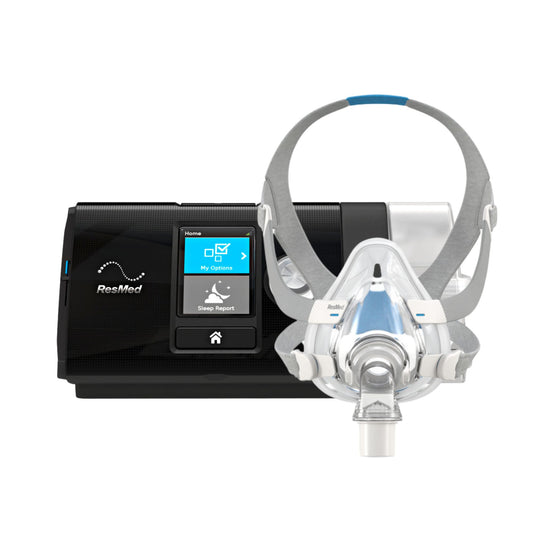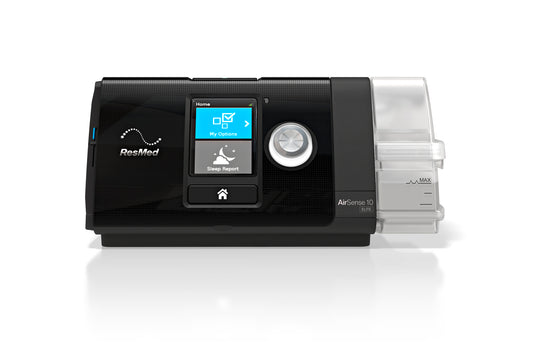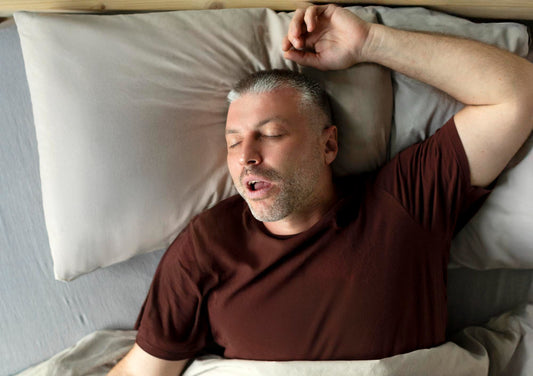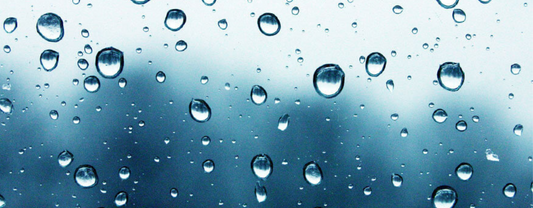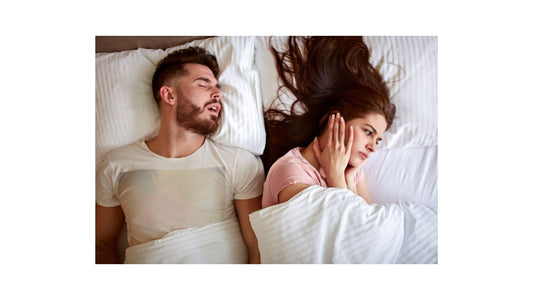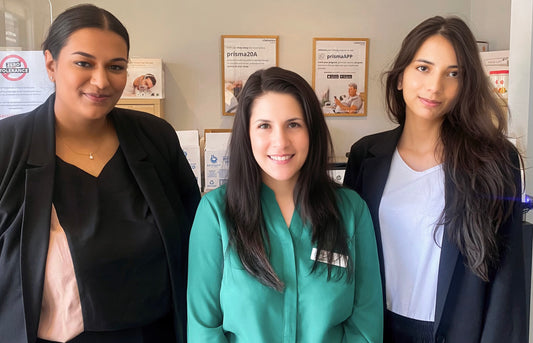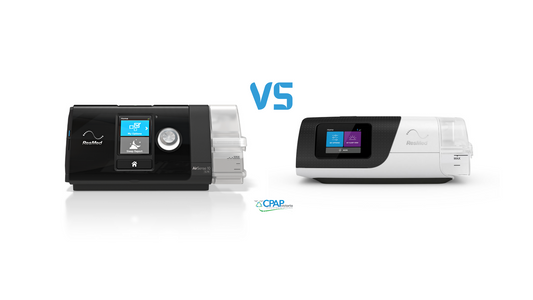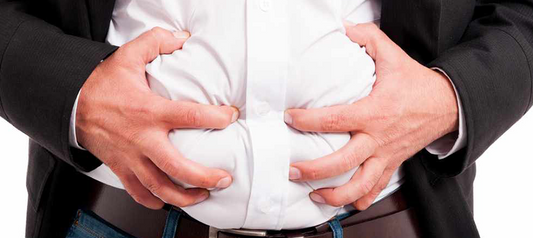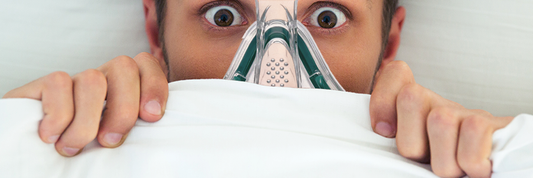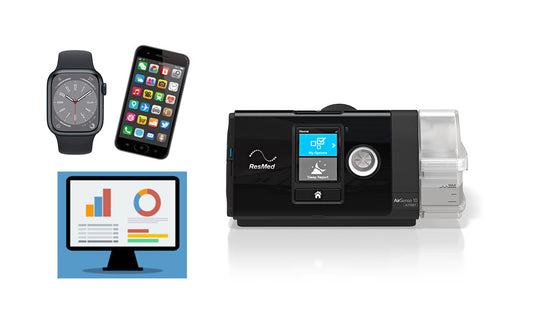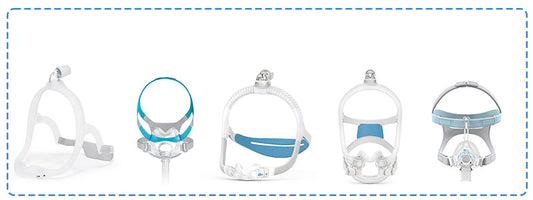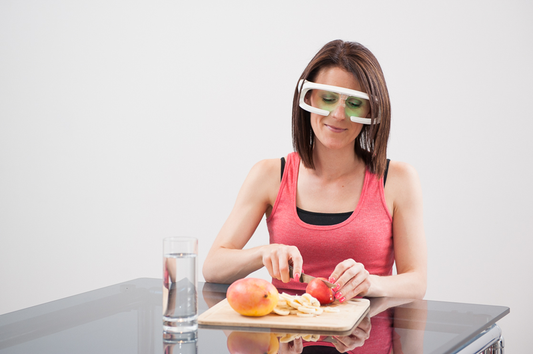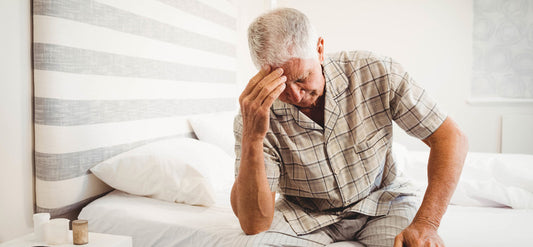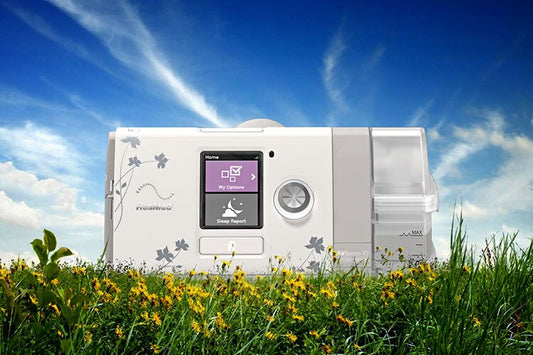The many advances and innovations in medical technology have helped improve the performance of continuous positive airway pressure (CPAP) machine. Familiar to those suffering from obstructive sleep apnoea (OSA) and other related sleep apnoea problems, a CPAP machine helps these people to breathe easily and regularly at night.
A person with OSA has a narrow airway or a collapsed airway during sleep. This condition causes the oxygen level to decrease, triggering the brain to briefly nudge the sleeping person to wake in order to re-open the collapsed airway. This event happens hundreds of time during sleep, not only disrupting the person’s sleep but also increases the body’s stress that could lead to co-morbidities such as diabetes, hypertension, stroke and heart attack.
How CPAP Machine Works
CPAP machine operates by blowing air into a person’s throat through a mask. The air pressure is so adjusted as to prevent the airway from collapsing or narrowing. Some of the major benefits of undergoing CPAP therapy are uninterrupted nighttime sleep, decreased daytime sleepiness and fatigue, lower blood pressure, improved concentration and focus, decreased risk of heart attack and stroke, and more.
Here some of the important things to consider to maximize CPAP use and lifespan.
- To ensure of that a CPAP machine works efficiently it is important to make sure that the seal over one’s airway is snug and tight to maintain the prescribed CPAP air pressure. Options for CPAP mask include full face or nasal, which are available in different shapes and sizes.
- Airflow from CPAP machine may cause dry nose and mouth so is best to get one with a humidifier. Some CPAP machine models even have built-in heaters to warm moist air from CPAP.
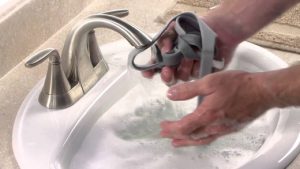
- Proper care and maintenance are necessary to get the best results. It is best to use distilled water instead of tap water to minimize the build-up of minerals. Cleaning instructions are provided by the manufacturer, and should be followed in terms of procedure and frequency of cleaning. The mask should be washed after each use while the headgear may be washed at least every two weeks. It is best to clean CPAP parts by soaking them in a solution of 3 parts water and one-part white vinegar. All parts must be thoroughly dry.
- Empty the humidifier and then clean it with warm water and mild soap using a soft cloth. Using the water-vinegar solution is also advisable as the vinegar’s acidity will help remove bacteria. Wash the humidifier daily, making sure to thoroughly rinse it. Filters should be cleaned and replaced based on the manufacturer’s instructions.
- Using mild soap and warm water, the tubing should be cleaned at least once a week. Cleaning brushes especially made for cleaning CPAP tubing are recommended.
- Nasal pillows should be cleaned at least every other day with warm water and mild soap. Cleansing wipes may also be used. Nasal pillows should be air-dried after wash.
CPAP machines remain to be the best option for OSA patients. It is best to see a sleep specialist if you have been exhibiting symptoms of sleep apnoea.
